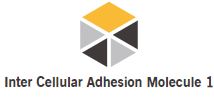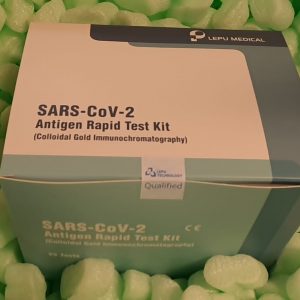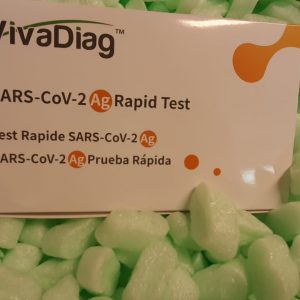Approximately 30% of the proteins present in eukaryotic organisms are phosphorylated, so if there are proteins involved in your research project, it is more than likely that at some point you will need to study different aspects of their phosphorylation.
In this post we bring you a compilation of techniques to study protein phosphorylation , based on the information you want to obtain.
1.- Radioisotopes For In Vivo Studies
This involves incubating living cells with radiolabeled 32P-orthophosphate , so that kinase activity transfers this radiolabelling to the substrate proteins, allowing the detection of this activity.
This technique is useful for:
- Know if your protein suffers phosphorylation.
- Carry out the test under different experimental conditions to determine when phosphorylation occurs.
However, it does not provide information on:
- The specific site where protein phosphorylation occurs.
- The kinase involved in the phosphorylation reaction of proteins.
As a drawback of this technique, it should be noted how laborious it is and the time it requires, as well as the requirement to use additional safety measures for handling radioactive material.
2.- In Vitro Kinase Activity Studies
In this case, the aim is to incubate the kinase of interest with an exogenous substrate in the presence of labeled ATP , and to quantify the amount of label incorporated to measure the enzymatic activity of the kinase. Depending on the type of ATP labeling, detection will be carried out by colorimetry, measurement of radioactivity or fluorescence.
This technique is useful for:
- Study the potential activity of a kinase for a substrate.
- Competitive studies.
However, it does not provide information on:
- The actual levels of kinase physiological activity.
- Activity regarding phosphatases.
- Kinases functionality.
3.- Phosphospecific Antibodies
The phospho – specific antibodies are those that specifically recognize the phosphorylated form of a protein determined, thus proving a valuable tool to study protein phosphorylation .
These phosphospecific antibodies can be used in various techniques, such as:
- Western Blot
It allows determining the phosphorylation status of a certain protein. When using phosphospecific antibodies, the importance of choosing the correct blocking agent should be emphasized, since milk (or the agents that contain it) contains phosphoproteins that could interact with these antibodies, leading to erroneous results. (Remember this post with tips for choosing the blocking buffer )
- ELISA
The ELISA technique with phosphospecific antibodies allows the detection and quantification of the phosphorylated protein present in the sample, as well as the facility to analyze a large number of samples simultaneously and semi-automatically.
If we carry out a sandwich ELISA , the assay will be much more specific, using a phosphospecific antibody as the detection antibody.
- Flow cytometry
This technique allows us to study the phosphorylation of proteins cell to cell.
- Immunohistochemistry
The IHC, in addition to making it possible to study the phosphorylation of proteins cell by cell, enables their intracellular localization.
- Phosphospecific antibody microarrays
These microarrays are very useful for studying signaling systems mediated by protein phosphorylation.
4.- Mass Spectrometry
Phosphorylated proteins, like other proteins, can also be analyzed by mass spectrometry.
In this case, because the phosphorylated proteins emit a weaker signal per se and their relative concentration in the samples is usually very low compared to other proteins, the signal can be masked by the one emitted by the non-phosphorylated proteins.
That is why, before carrying out the analysis to study the phosphorylation of proteins by mass spectrometry, it is recommended to carry out some enrichment technique for the phosphorylated sample using IMAC, purification using phosphospecific antibodies or immunoprecipitation, among others.
Phosphorylation is one of the most important cellular mechanisms for the regulation of protein function as well as for signal transmission. We hope that this compilation of techniques to study protein phosphorylation has been of interest to you.





